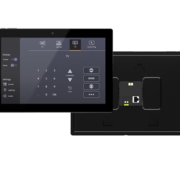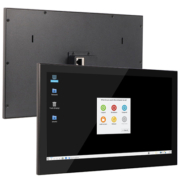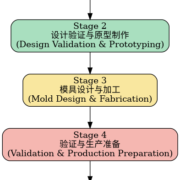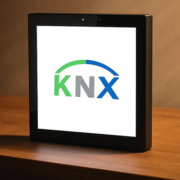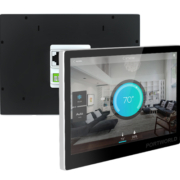Understanding Home Automation: What It Is and How It Works
Home automation, also known as smart home technology, refers to the use of connected devices and systems to control, monitor, and automate household functions such as lighting, climate, security, entertainment, and appliances. These systems can be managed remotely via smartphone apps, voice assistants, or centralized touch panels — bringing convenience, efficiency, and security to modern living.
1. Understanding Smart Home Automation
At its core, home automation integrates hardware, software, and network connectivity to allow everyday devices to “communicate” with each other. This creates a unified ecosystem where various elements in the home can be operated manually or automatically according to preset rules.
For example:
- Lighting that turns on when you enter a room.
- Thermostats that adjust temperature based on time of day or occupancy.
- Security systems that send instant alerts when motion is detected.
The goal is to make daily life more convenient, energy-efficient, and secure.
2. How Home Automation Works
A home automation system typically follows this structure:
(1) Sensors
Sensors detect changes in the environment, such as temperature, motion, light, or humidity.
Example: A motion sensor in your hallway detects movement and triggers the lights.
(2) Controllers
Controllers are the “brains” of the system. They process input from sensors and execute commands. This can be:
- A smartphone app
- A voice assistant like Alexa or Google Assistant
- A central control panel mounted on the wall
(3) Actuators
Actuators carry out the physical action, such as switching on a light, adjusting blinds, or activating a door lock.
(4) Communication Protocols
Devices communicate through wired or wireless standards like Wi-Fi, Zigbee, Z-Wave, Bluetooth, KNX, or RS485. The choice of protocol affects reliability, speed, and integration flexibility.
3. Types of Home Automation Systems
-
Standalone Smart Devices
Single-function gadgets like smart bulbs, plugs, or security cameras. -
Integrated Smart Home Platforms
Systems where multiple devices work together via a hub or controller. -
Custom Automation Solutions
Fully tailored installations with advanced programming, often used in luxury homes, hotels, and offices.
4. Benefits of Home Automation
- Convenience: Control your entire home from one place.
- Energy Savings: Automatically adjust lights, HVAC, and appliances to save power.
- Security: Get real-time alerts and remote access to cameras and locks.
- Comfort: Create scenes like “Movie Mode” or “Good Night” with one tap.
- Accessibility: Helps elderly or disabled users control devices effortlessly.
5. Portworld’s Role in Home Automation
At Portworld, we specialize in smart touch control panels that serve as the central hub of your automation system. Our Android-based panels support:
- Multiple protocols (KNX, RS485, Zigbee, Modbus, Wi-Fi, Ethernet)
- Voice assistant integration (Alexa, Google Assistant)
- Custom UI/UX for different home or commercial environments
- OEM/ODM customization for brand-specific projects
Whether for residential homes, smart hotels, or office buildings, Portworld’s solutions provide a reliable, stylish, and scalable approach to automation.
6. The Future of Home Automation
The industry is moving toward AI-driven personalization, energy optimization, and cross-platform compatibility. As devices become smarter, automation will shift from simple rule-based actions to predictive, adaptive systems that learn your habits and preferences.
Smart Home automation is no longer a futuristic luxury — it’s a practical solution for enhancing comfort, security, and energy efficiency. With the right combination of devices, protocols, and user-friendly interfaces like Portworld’s smart control panels, transforming any space into a truly intelligent environment is now easier than ever.



